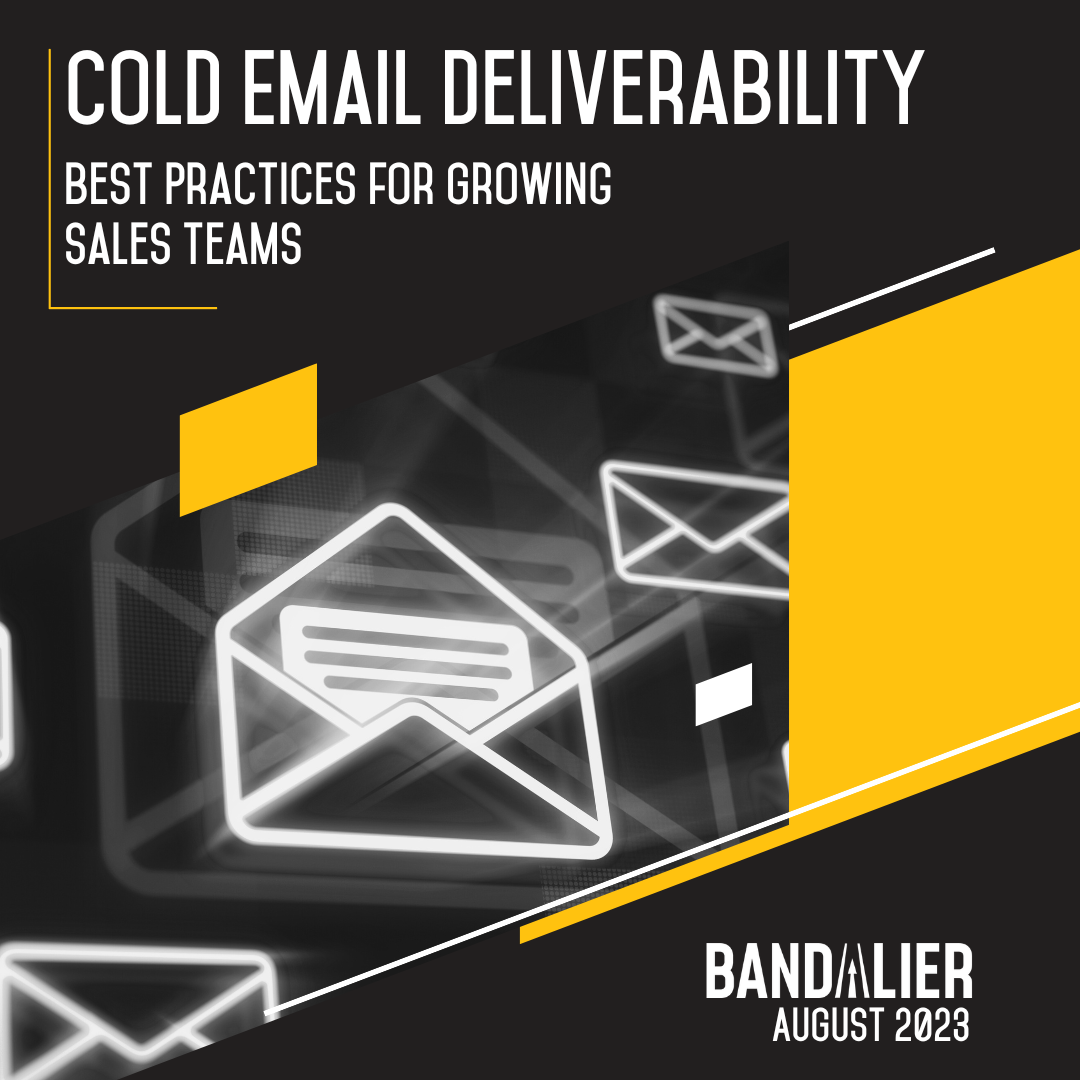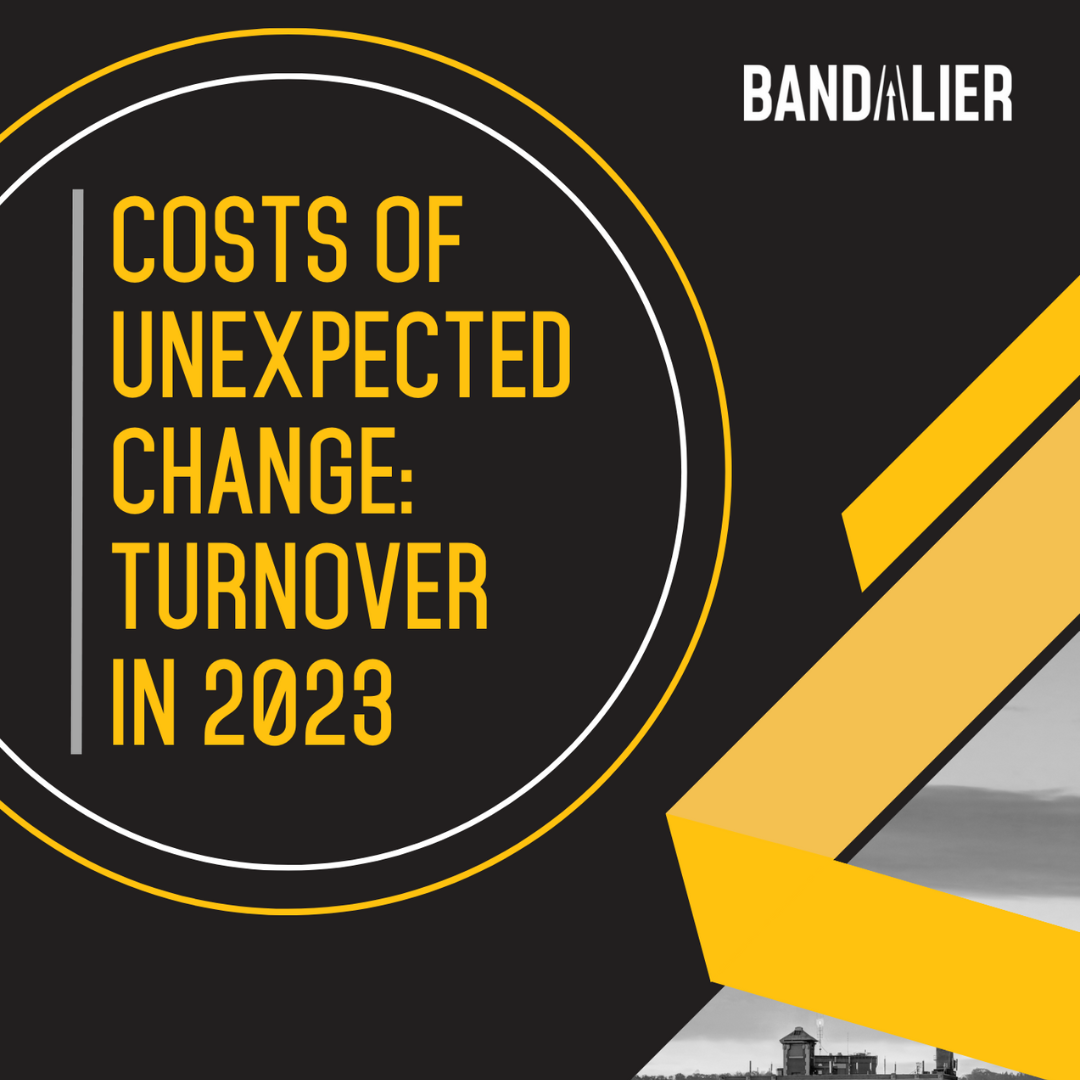
We get asked this question a lot, and we were happy to see this pop up as a topic on a Modern Sales Pros thread recently. When SaaS companies consider whether or not to build an outsourced inside sales team, they want to know whether or not they’ll get bang for their buck. It’s easy enough to run an LTV:CAC ratio, and there’s lots of great information available about the specific points at which sales development teams begin to become profitable (tl;dr: usually somewhere between $5 – 15K ASP, depending on who you ask). But often lost in the conversation are the nuances of company strategy.
Here’s an excerpt of our response:
“What sometimes gets lost in this conversation is that company strategy matters a lot.
As an example, we’ve seen several clients build a traditional SDR program for deal sizes below $10,000. In some cases that may be because their investors are pushing them to prove out growth / demand for the product (even if unprofitable or just breakeven at first), in others it’s because they feel they need to get folks onto the platform before they move upmarket, and there are still other cases where they plan to upsell with other products down the road. Similarly, what works and is profitable for a SaaS company with gross margins of 80% might not work for a services business with 40% gross margins.
Finally, the ROI on SDRs is extremely sensitive to highly variable numbers like decision maker reach rate, appointment scheduled rate, and conversion rate: all of which we’ve found vary tremendously (and much more than many folks initially realize) by industry.
When folks are looking to build out the case for an SDR model, our advice is usually to find some way to have one person on the team spend a couple of days acting as an SDR to get the basic math in place (that is to say, spend a couple of days cold calling). You won’t necessarily have the math to calculate cost of acquisition, but you’ll have some basic inputs (DM reach rate, demo scheduled rate) that shrink the margin of error around your assumptions. And because you’ll probably get better over time, your estimates will likely be conservative.”














